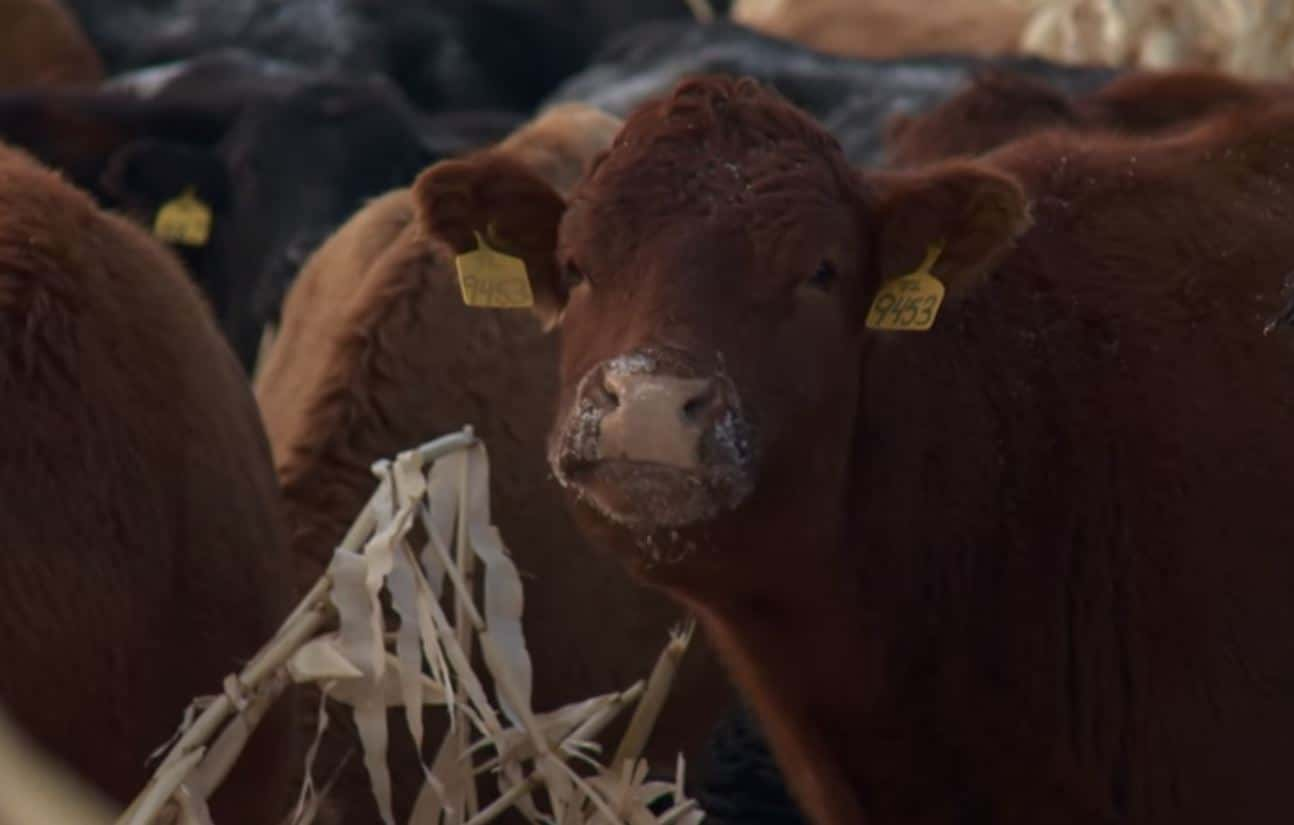Keeping track of livestock is nothing new for producers. Brands, ear tags, tattoos, and USDA bangs tags are all tools used by ranchers. Do these systems need updated? What are the benefits of a traceability system?
The Beef Industry Long Range Plan is a tool designed to help the beef industry establish a common set of objectives and priorities. It communicates the industry’s strategic direction and provides insight on how the industry can serve its stakeholders by growing beef demand. The Beef Industry Long Range Plan task force came up with four industry objectives they hope the industry will achieve in the next five years. They also have six core strategies that can help work toward completing those objectives. The task force happened to have “make traceability a reality in the U.S. beef industry” as an objective to accomplish in the 2021-25 plan.
When it comes to traceability most people think of Radio Frequency Identification (RFID), which is something USDA APHIS is proposing, but the task force didn’t specify what means the industry needs to address traceability. Dr. Keith Belk, a member of the task force and Animal Science Department Head at Colorado State University, said the overarching goal is to make traceability a reality for the industry.
“The purpose of the task force is to identify issues that we feel the industry needs to address and then let the industry figure out, over the next five years, how best to address them.” Dr. Belk continued saying, “Traceability as we look at it into the future is extremely important and if it does include the use of electronic, individual identification that is something that makes sense.”
Belk said the basis for determining traceability needing to be one of the four primary industry objectives was based on a 2018 study by World Perspectives from the last beef industry long range plan. That study showed about 61% of beef exports come from countries with significant national traceability systems except India and the United States, the two biggest beef exporters in the world.
“That combined with what we’ve learned from the current pandemic that we’re all facing, and the impact that African swine fever has had on the pork industry worldwide, we felt it was time to get serious about being able to address both animal health and export issues associated with beef,” Belk explained.
There are many traceability systems that could be implemented. RFID is typically the first that comes to mind but there are also bio-identifiers, retinal systems, blockchain and others. The beef industry may choose multiple ways to address traceability.
When it comes to exports, Dr. Belk said consumers abroad have developed an expectation of following the finished product back to producers. His example is the Japanese consumer, as Japan is our number one importer of high value beef products, where they have the ability to go to the grocery store and scan a package of beef. Belk says that through Japan’s national traceability system the barcode reveals, “who raised it, where it was born, how it was treated, what it was fed, who fed it. Everything you ever wanted to know about those cattle.”
In animal health, having the capability to rapidly identify and segregate animals from the overall population is important. Belk noted that we need to have crisis management plans ready to go when an animal health issue hits but traceability can also help prevent those crisis’.
The stage is set for the industry to decide what to do next. The Beef Industry Long Range Plan task force has determined traceability needs to be addressed to confront trade and animal health issues. Learn more about the Beef Industry Long Range Plan and suggested strategies to achieve the five-year plan.
###
Leif Bakken – Northern Ag Network 2020


